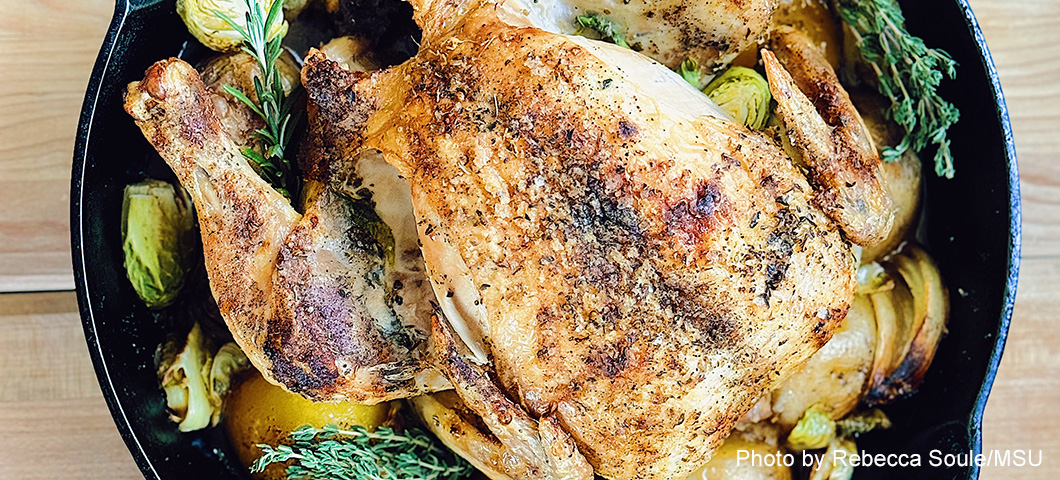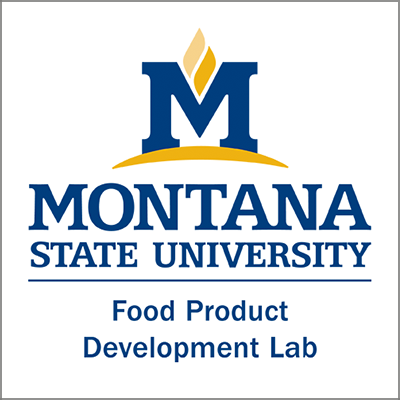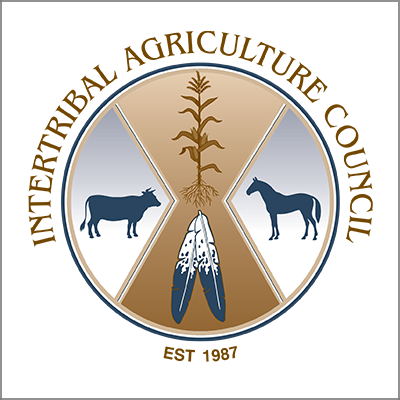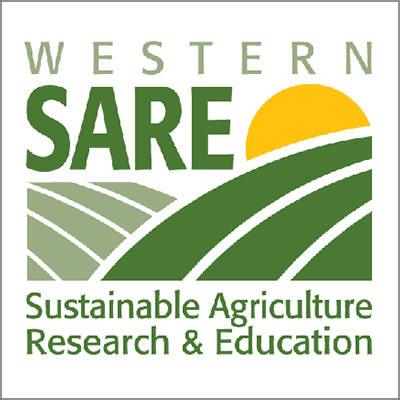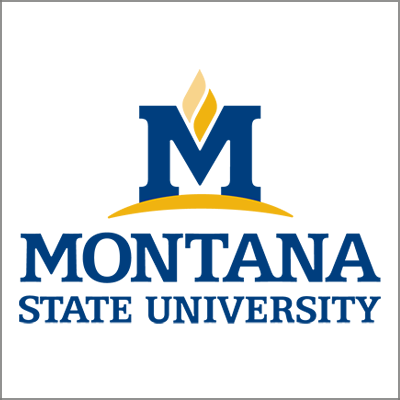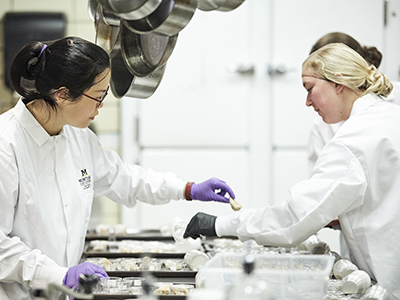Lemon-Garlic Roast Chicken with Vegetables
Recipe by Rebecca Soule and Annemarie Kozlowski, Montana State University, Food Product Development Lab
Serves 4-6
|
Product1
|
Amount
|
Unit
|
|---|---|---|
|
chicken, whole
|
3 1/2 - 4
|
lbs
|
|
lemon, halved
|
1
|
|
|
garlic
|
1
|
head
|
|
medium to large Yukon gold or red potatoes, halved widthwise
|
3
|
|
|
medium carrots, peeled and cut lengthwise
|
3
|
|
|
yellow onion, quartered
|
1/2
|
|
|
salted butter, melted
|
1/4
|
cup
|
|
Brussels sprouts, halved
|
1
|
handful
|
|
black pepper
|
1/2
|
tsp
|
|
dried oregano
|
1/2
|
tsp
|
|
dried basil
|
1/2
|
tsp
|
|
salt
|
1
|
Tbsp
|
1The MSU Food Product Development Lab does not endorse any ingredient suppliers.
Instructions
- Preheat oven to 425° F.
- Prepare the chicken by draining juices and patting dry. Slice the skin around the thighs between the legs and the breast so they fall flatter, keeping the joint intact.
- Slice the garlic head horizontally (widthwise) so that each clove is cut through in
cross-section.*
Place the lemon and garlic halves, cut sides down, in an oven-safe pan. - Clean and cut the carrots, potatoes, and onion; arrange them in the pan. Place the chicken on top of everything, breast side up.
- Pour the melted butter over it all and heavily coat the chicken with the salt.
- Sprinkle the chicken and the vegetables with the oregano, basil, and pepper. Bake for about 1 hour.
- During the final 10 minutes of cooking, add the Brussels sprouts.
- Continue cooking until the thickest part of the chicken reaches 165° F internal temperature.
- Remove the chicken from the oven and let rest for 10 minutes before carving.
- Place the pieces on a serving dish with the cooked vegetables*.
- Top everything with the juices from the cooking pan and serve warm.
* Note: Peel removes easily from garlic after cooking.
Acknowledgements
This project resulted from a partnership between the American Indian Foods program of the Intertribal Agriculture Council and Montana State University (MSU). The project was funded by MSU’s Outreach and Engagement Council and the National Institute of Food and Agriculture, U.S. Department of Agriculture (USDA) (award number 2020-38640-31523-WS1RE through the Western Sustainable Agriculture Research and Education program under project number SW21-929). MSU and USDA are equal opportunity employers and service providers. Any opinions, findings, conclusions, or recommendations expressed in this publication are those of the author(s) and do not necessarily reflect the views of MSU or the USDA.

